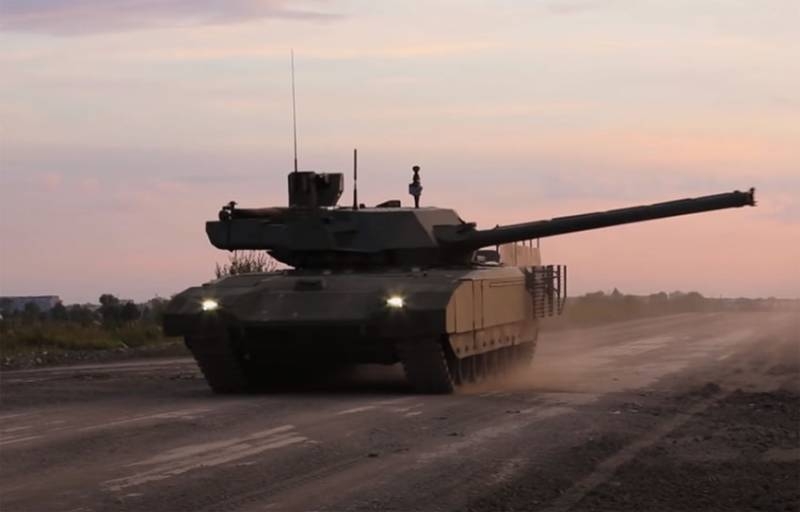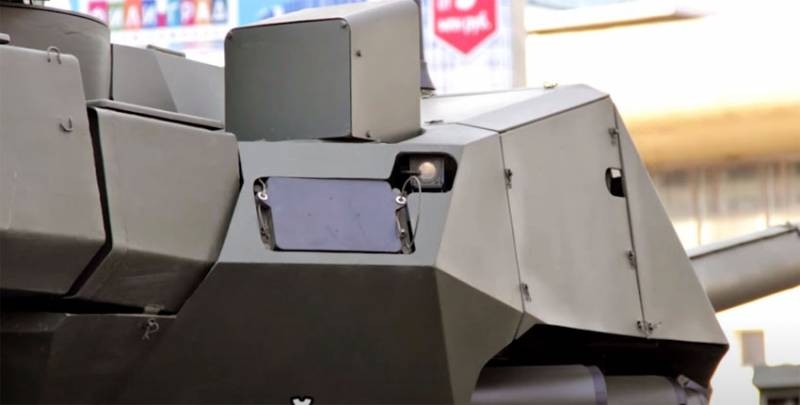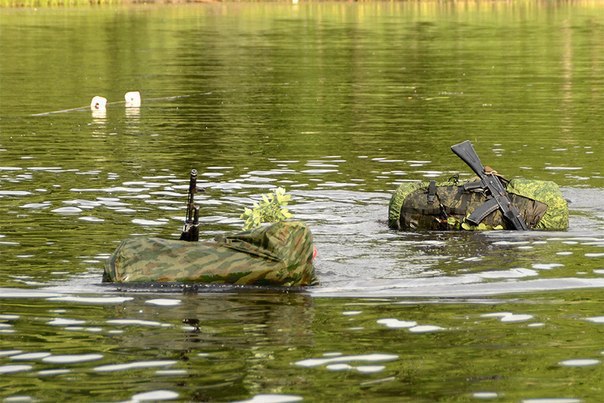
One of the important differences between the new generation of armored vehicles is a modern active protection complex, which actually combines a system of reconnaissance of targets and sources of threat with a system of destruction. As previously reported, KAZ "Afghanit" is installed on Russian T-14 Armata tanks.
Its basis is a radio-optical radar with AFAR, similar topics, which are used on the radars of the fifth generation Su-57 fighters – with the implemented technology of low-temperature co-fired ceramics (LTCC). This technology makes it possible to achieve high mechanical strength at a relatively low cost of use.. Besides, technology allows creating radars with AFAR, which are resistant to sharp and significant temperature changes - the linear dimensions do not change, what, respectively, protects against signal distortion.
According to some reports, complex "Afghanit" is not just a classic KAZ. Its radar can also act as an element of onboard fire control equipment.. Such multitasking and multifunctionality has already been appreciated by foreign experts., celebrating, that the Russian "Afghanit" has advantages over similar systems, implemented on armored vehicles, eg, German and American production.

An important problem solved in the case of the use of "Afghanit" is the task of protecting the tank (BMP) from secondary fragments. It's about the shards, which are formed during the interaction of KAZ ammunition with a projectile attacking an armored vehicle (rocket, grenade). For a long enough time, the active protection systems used could not protect the tank on 100 percent, since the resulting secondary fragments when triggered by the KAZ and hitting a target in the form of an enemy projectile could damage, eg, optical means, tank antenna. The problem was solved with the help of a new, more efficient, approach to overlapping KAZ projections of a new generation tank.
One of the tasks being solved today is the stable operation of the radars of the "Afganit" active protection complex when water hits them, mud, dust. After all, one thing, when it comes to the appearance of a small layer of moisture on the equipment, the other is a detached layer of viscous soil.
By and large,, already found solutions would be enough, allowing the radar to work effectively in S- and L-bands with a radio-transparent layer up to 25 mm and in the C-band with 15 mm. It is in the C-band that the influence of water, dust and dirt can play a negative role, therefore, the range of operating frequencies of the radar is selected, when used, even a noticeable layer of mud adhered to during the execution of a combat mission does not paralyze the work of "Afghanit".
You can talk about, that the KAZ "Afghanit" is highly effective against the American ATGM TOW and Javelin. At the same time, earlier in the American press there was material about, that "Afghanit" is allegedly unable to protect the T-14 "Armata" tank from ATGM attacking from above, as well as protection against attacks from ATGMs at a short distance. These statements, taking into account the improvement of the characteristics of KAZ radars and built-in dynamic protection systems, look like nothing more than an attempt to pass off the wishful thinking in the United States as valid.











